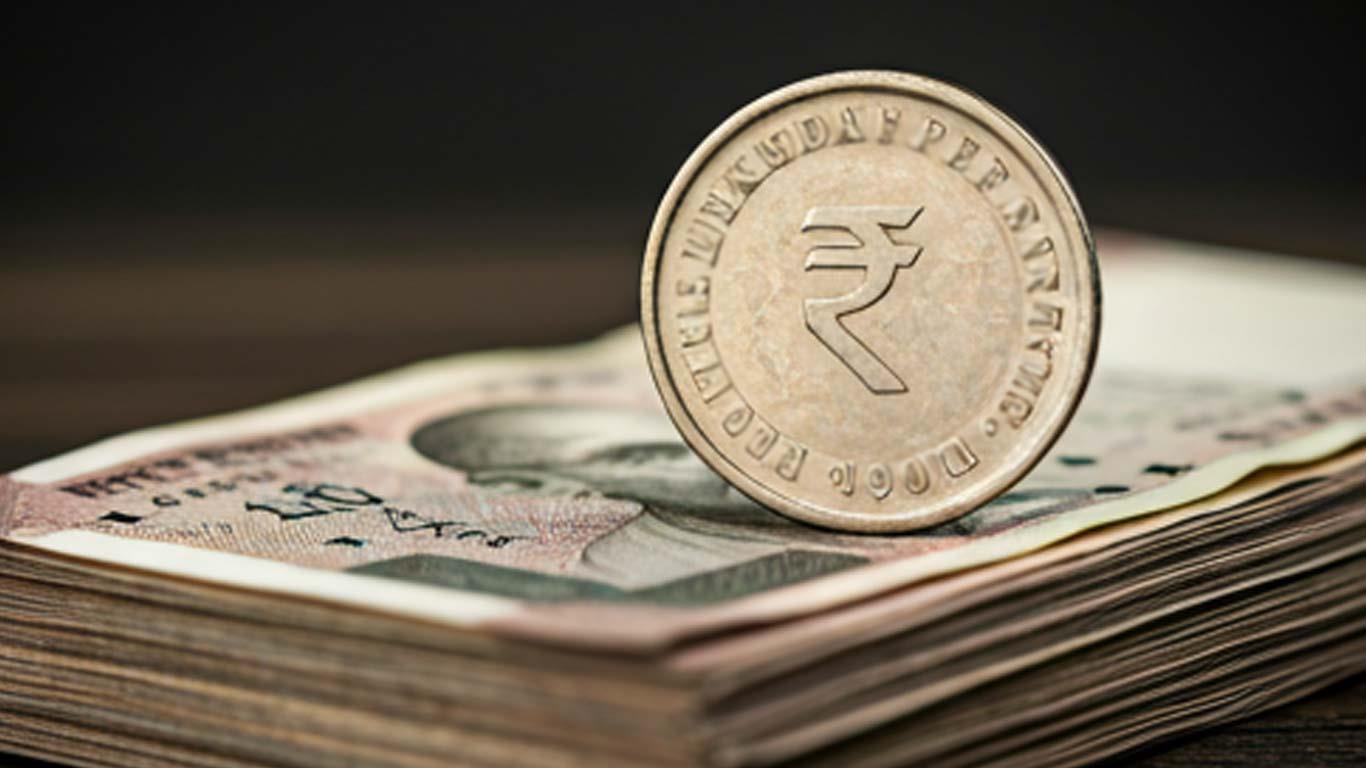
Weaker Rupee Beneficial Short-Term, But Stronger Rupee Crucial For Long-Term Trade Balance: RBI
The trade balance, defined as the difference between a country's exports and imports of goods and services, is a critical indicator of economic health.
The findings, which were published in RBI's November bulletin, include data on the Real Effective Exchange Rate (REER). The REER is an index that measures the value of the Indian rupee relative to a basket of other currencies.
According to the data, the REER indicated an overvaluation of the rupee in November, as other major currencies depreciated at a higher rate against the US dollar.
The 40-country trade-weighted REER index rose from 90.9 to 91.8 in one month, while the six-currency basket-comprising the US, China, Eurozone, Hong Kong, the UK, and Japan-rose from 104.4 to 105.3.
Following the election of Donald Trump as US president in early November, the US dollar strengthened against all major currencies, including the rupee.
However, the depreciation of the rupee was less pronounced compared to other currencies, which led to an appreciation of India's REER.
The report also attributed part of the REER's appreciation to rising productivity in India's tradable goods sector, suggesting that this may be a key factor in the currency's relative strength.
The RBI researchers emphasised that policymakers need to consider the asymmetrical and time-varying effects of REER fluctuations on the trade balance.
While a weaker rupee might initially boost exports, over the long term, an excessively depreciated currency could undermine the trade balance by increasing the cost of imports and potentially leading to inflationary pressures.
From a broader financial stability perspective, the REER is also an important metric. The International Monetary Fund (IMF) has previously noted the significance of monitoring REER fluctuations, as significant deviations in the index can sometimes signal the potential for financial instability or crises.
Historical data suggests that large swings in the REER index have preceded periods of financial turmoil in other economies, underscoring the importance of careful management of exchange rate movements.
In summary, while a weaker rupee may temporarily support India's trade balance, long-term stability and trade health are more likely to be secured with a stronger currency.
Policymakers are advised to monitor these developments closely, balancing short-term gains with long-term economic fundamentals.
(KNN Bureau)
Legal Disclaimer:
MENAFN provides the information “as is” without warranty of any kind. We do not accept any responsibility or liability for the accuracy, content, images, videos, licenses, completeness, legality, or reliability of the information contained in this article. If you have any complaints or copyright issues related to this article, kindly contact the provider above.
Most popular stories
Market Research

- Manuka Honey Market Report 2024, Industry Growth, Size, Share, Top Compan...
- Modular Kitchen Market 2024, Industry Growth, Share, Size, Key Players An...
- Acrylamide Production Cost Analysis Report: A Comprehensive Assessment Of...
- Fish Sauce Market 2024, Industry Trends, Growth, Demand And Analysis Repo...
- Australia Foreign Exchange Market Size, Growth, Industry Demand And Forec...
- Cold Pressed Oil Market Trends 2024, Leading Companies Share, Size And Fo...
- Pasta Sauce Market 2024, Industry Growth, Share, Size, Key Players Analys...





















Comments
No comment